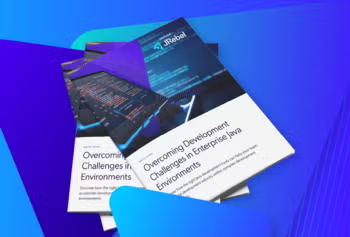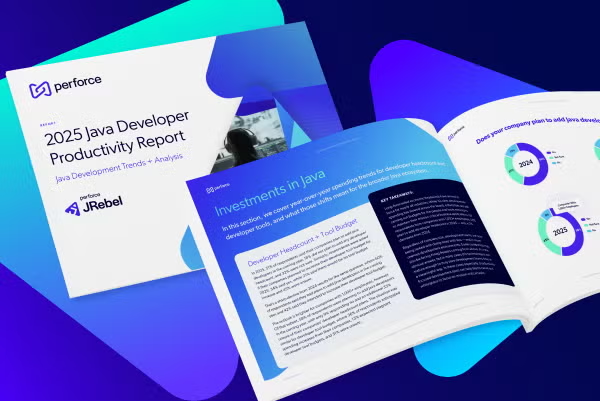 Video
Video What is JRebel?
With JRebel, write code and refresh your browser, done. It works with all Java applications and across desktop, web, services, and enterprise. Easily reload changes on local servers, remote servers and in the cloud. JRebel integrates with over 100 leading frameworks, as well as application servers, IDEs, and build environments.
Developer Productivity, Java Tools
 Datasheet
Datasheet JRebel Product Brief
Get our JRebel datasheet. With JRebel, simply code and refresh your browser, done. It works with all Java applications and across desktop, web, services, and enterprise. Easily reload changes on local servers, remote servers, and in the cloud.
Developer Productivity, Java Tools
 Datasheet
Datasheet JRebel Improves App Quality and Speed of Development Using Spring Boot
Spring Boot makes it easy to create Spring-based, production-grade applications. When you’re leveraging a high-performance framework like Spring Boot, you want to spend your time coding, not waiting.
Developer Productivity, Java Frameworks, Microservices








